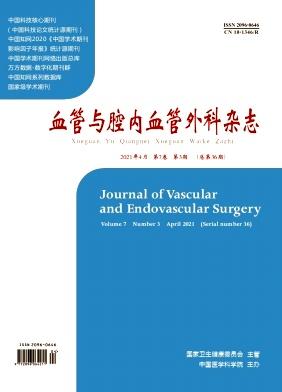IVUS Improves Outcomes with SUPERA Stents for the Treatment of Superficial Femoral-popliteal Artery Disease
引用次数: 0
Abstract
Objectives: To determine the effect of intravenous ultrasound (IVUS) when used adjunctively with nitinol interwoven bare metal stents in the management of femoropopliteal lesions. Background: Nitinol interwoven bare metal stents represent an advancement in stent technology; however nominal deployment remains an area of focus. Intravascular Ultrasound (IVUS) has been shown to improve outcomes in both the coronary and peripheral vasculature by providing the operator with greater vessel detail. The use of adjunctive IVUS with Nitinol bare metal stents has not been widely studied. Methods: This study included a cohort of 200 consecutive patients with peripheral artery disease. All patients were treated with [≥]1 Supera bare metal stent, and 91 received adjunctive IVUS imaging prior to stent deployment. Deployment conditions of nominal, compressed, and elongated were measured and the primary clinical outcomes included target lesion reintervention, major and minor, below the knee amputation, and mortality. Results: The patients who received IVUS had a significantly greater number of nominally deployed stents (p<0.001). Patients who had IVUS imaging also had significantly lower reintervention rates compared to those who did not receive IVUS imaging (p=0.047). Conclusion: IVUS and angiography decreases clinically driven target lesion reintervention and increases nominal deployment compared to angiography alone in femoropopliteal lesions treated with interwoven bare metal nitinol stents.IVUS改善SUPERA支架治疗股腘浅动脉疾病的疗效
目的:探讨静脉超声(IVUS)辅助镍钛诺交织裸金属支架治疗股腘动脉病变的效果。背景:镍钛诺交织裸金属支架是支架技术的一大进步;然而,名义部署仍然是一个重点领域。血管内超声(IVUS)已被证明可以通过为操作者提供更多的血管细节来改善冠状动脉和外周血管的结果。辅助IVUS与镍钛诺裸金属支架的使用还没有广泛的研究。方法:本研究纳入了200例连续外周动脉疾病患者的队列。所有患者均使用[≥]1个Supera裸金属支架,其中91例患者在支架置入前接受了辅助IVUS成像。测量了名义、压缩和拉长的部署条件,主要临床结果包括目标病变再干预、主要和次要、膝盖以下截肢和死亡率。结果:接受IVUS的患者名义放置的支架数量显著增加(p<0.001)。与未接受IVUS成像的患者相比,接受IVUS成像的患者再干预率也显著降低(p=0.047)。结论:在交织裸金属镍钛诺支架治疗股腘病变时,与单纯血管造影相比,IVUS和血管造影减少了临床驱动的靶病变再干预,增加了名义部署。
本文章由计算机程序翻译,如有差异,请以英文原文为准。
求助全文
约1分钟内获得全文
求助全文

 求助内容:
求助内容: 应助结果提醒方式:
应助结果提醒方式:


